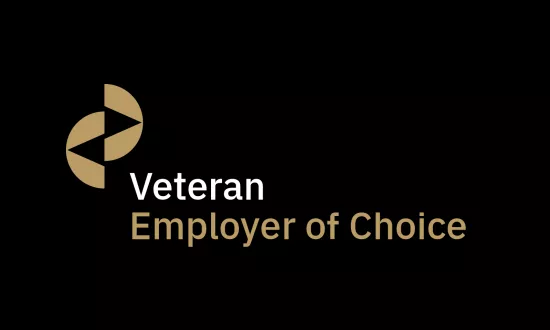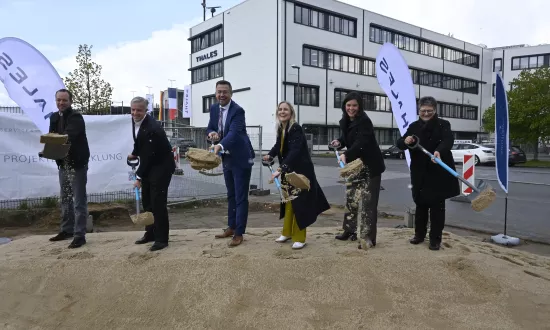Contextualising high intensity theatres
Stealthy and fast aircraft, next generation highly mobile air defence systems, high velocity weapons… The speed of technological change is redefining the pace and shape of fighter jet missions. From ground and surface attack missions to Intelligence, Surveillance and Reconnaissance (ISR), fighter jets must now be able to rely on highly versatile and accurate systems that allow them to retain superiority and speed in the battle for situational awareness.
In such context, Thales has developed the TALIOS optronic pod. Designed to support fighter jets such as the Rafale across a wide variety of missions, TALIOS provides fast, highly accurate situational awareness for faster decision-making in highly contested environments.
Time sensitive targeting
Top Gun Maverick showed this very clearly: before sending fighter jets deep into adversary territory to strike intended targets, it is imperative to clear the path of any potential threats, especially surface-to-air missiles. Yet these systems, like most threats in the past decade, have become increasingly mobile, making them harder to detect and destroy.
As a multi-function targeting pod, TALIOS provides fighter jets the support they need to support the mission. Combining the latest evolutions in visual sensors technology together with highly advanced algorithms for movement detection and tracking, Thales has developed a targeting pod capable of delivering unambiguous situational awareness. Once a target has been identified, TALIOS’ laser enables precise and resilient target designation and acquisition for guided weapons – as opposed to GPS, which are vulnerable to jamming.
“Fighter jets responsible for clearing potential threats are those taking the highest risks in a deep-strike mission,” says Harry, “as such fast, unambiguous movement detection and target acquisition is critical to mission success.”
Multirole pod
Over the past few years, speed and stealth have become defining characteristics of the progressive resurgence of peer-to-peer competition. For fighter pilots engaged in deep strike missions and air warfare, these characteristics are redefining combat tactics. As such, while dog fighting – that is, close-range air combat manoeuvring – may still be an option, the real tactical advantage now lies in maintaining superior situational awareness.
In such context, TALIOS brings a critical additional capability to fighter jets: tracking threats below the jet. “In a dog fight, it is not uncommon for adversary fighter jets to hide in another fighter jet’s blind spots,” Harry comments. This can mean coming up right below the jet or hiding behind natural features to leverage the surprise effect. “Because TALIOS is fitted to have an unencumbered look-down view, and because it features long range day and night cameras, it is very well suited to support identification, tracking and engagement of air targets, even in blind spots.”
See the unseen
As threats continue to evolve, in stealth, variety and speed, fighter jets operating in high intensity theatres of operations will have to feature sensors allowing them to retain superior situational awareness. Only then can they ensure mission survivability and success.
For Thales, this means being able to ‘see the unseen’. It means leveraging the latest technological advances to facilitate fast and accurate decision-making in high threat, fast-paced scenarios. “In the coming years, TALIOS will be fitted with three additional key features: Permanent Vision, colour camera, and Artificial Intelligence [AI],” says Harry.
Permanent Vision will be a new mode, allowing TALIOS to provide fighter pilots with an image that superimposes real-time video on a 3D map of the operational environment. “This will provide crucial context allowing the pilot to see opportunities within the operational environment much more quickly,” Harry points out.
A colour camera will also feature on the next generation of TALIOS onboard the Rafale, providing additional context to the situational awareness picture. The colour camera will serve multiple missions on the Rafale but, along with AI, it will be play a critical role for ISR missions. “Whether in recce mode right after a strike, or as part of a dedicated intelligence gathering mission, TALIOS will allow Rafale to build a rich situational picture,” according to Harry. Such information will then come to feed the OODA loop, providing more accurate context to prepare a more appropriate Order of Battle (ORBAT).
Finally, AI will enable much faster and efficient sweeping of designated areas, processing data and delivering information at speed enabling information superiority. Regardless of the mission, be it clearance, deep strike, Close Air Support (CAS) or ISR, TALIOS will be able to give fighter jet pilots the critical advantage of time.
“Ultimately, TALIOS has been designed to provide as much context as possible, as fast as technology allows, so that fighter pilots can focus on their manoeuvres and achieve mission success,” Harry concludes.


